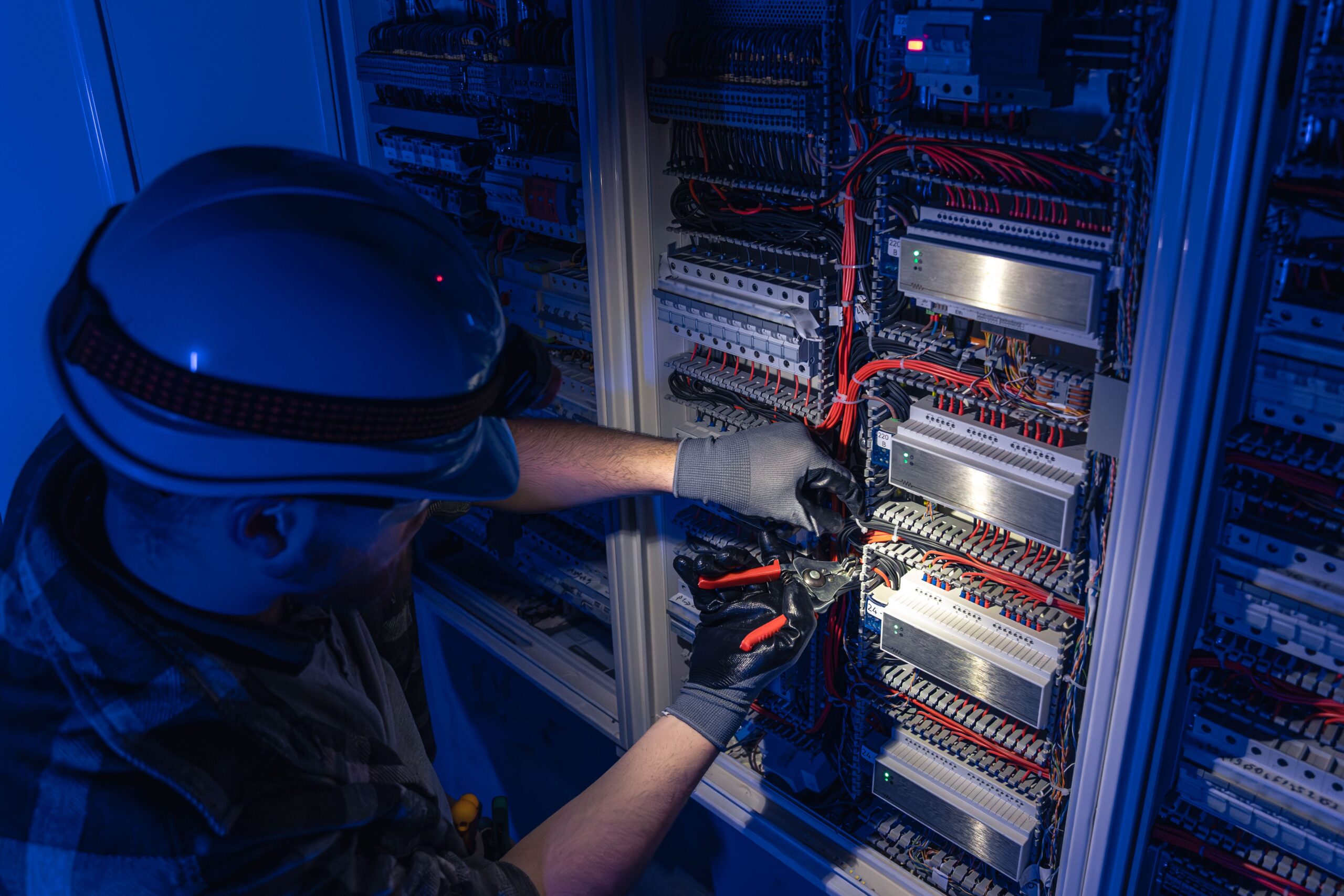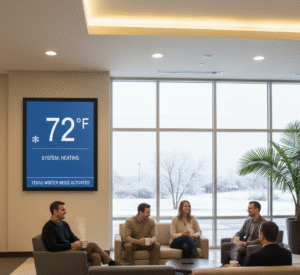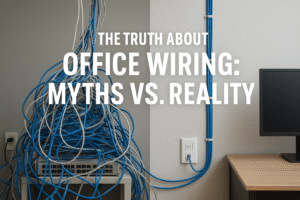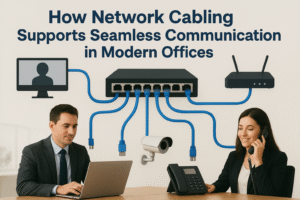We often appreciate the seamless technology around us, from fast Wi-Fi and well-lit outdoor spaces to reliable security cameras. How all of these equipments stay so neatly connected and powered? It takes a moment to ponder that it is usually the low voltage cables that perform all of this magic. The low-voltage technology is revolutionizing everything faster than expected.
Let’s take a deeper dive into what makes low-voltage technology essential in today’s smart infrastructure. Whether it’s homes, schools, commercial buildings, or data centers, LV systems are what they rely on every day (1).
What Is Low-Voltage Technology?
Low-voltage technology refers to systems and wiring that operate at 50 volts or less. Unlike high-voltage setups, which handle standard electrical outlets (usually 120V in North America), low-voltage systems power and connect devices that require less energy but more precision, like cameras, alarms, Wi-Fi routers, and LED lighting.
This isn’t just a wiring style. It’s a whole discipline encompassing low-voltage design. These systems are carefully planned to offer reliable, efficient performance with minimal risk, a reason they’re becoming the default in modern builds.
Common Applications of LV Systems
1. Security Systems
From CCTV to smart doorbells and access control, LV systems provide safe, reliable operation for devices that protect your space. Their ability to carry power and data simultaneously makes them ideal for remote monitoring and 24/7 surveillance.
2. Data Networks & Communication
Low-voltage technology powers your internet infrastructure — think Cat6 cables, Ethernet connections, and fiber optics. These allow fast, secure data transfer and support everything from home offices to enterprise-level server rooms.
3. Lighting Systems
Low-voltage construction methods are transforming lighting. LED fixtures, under-cabinet lights, and landscape setups. All of these benefit from the lower energy consumption and heat output, which also means safer installations in sensitive or wet locations.
4. Audio & Visual Systems
Home theaters, intercoms, conference call setups — they all thrive on low-voltage design. These systems are easy to install, easy to scale, and reduce power overload risks.
5. Smart Building Automation
Buildings are getting smarter day by day. From thermostat control to energy management, low-voltage technology plays a critical role in building automation. It enables sensors, control panels, and devices to “communicate” to each other, optimizing operations without heavy power demands.
Why Businesses Are Investing in Low Voltage
- Energy Efficiency: LV setups use significantly less power, which lowers monthly costs and supports sustainability goals.
- Safety: Lower voltage = lower fire and shock risks. That makes them safer for both installers and end users.
- Flexibility: With structured cabling and scalable low-voltage design, it’s easy to add, move, or upgrade systems without rewiring everything.
- Cost Savings: Not only are low-voltage engineering installations less expensive up front, but they also cut long-term maintenance and replacement costs.
Low Voltage vs. High Voltage Systems
| Feature | Low Voltage | High Voltage |
| Typical Voltage | Under 50V | 120V – 480V |
| Applications | Cameras, Lighting, Data, Alarms | HVAC, Appliances, Main Power Lines |
| Installation Cost | Lower | Higher |
| Safety Risk | Minimal | Higher |
| Flexibility & Upgrades | Easy | Complex |
Integration with Construction Projects
Incorporating low-voltage construction early in a project allows smooth integration of all LV systems. Architects and engineers collaborate with low-voltage engineering specialists to ensure that lighting, communication, and security systems are laid out efficiently. Retrofitting later costs more.
A Quick Word on LV Sound & Networking
While often overlooked, low-voltage sound systems (like PA speakers and intercoms) and communication networks also fall under the LV umbrella. These systems offer consistent audio delivery and network performance while keeping energy consumption and installation costs low.
Final Thoughts
Low-voltage wiring is no longer optional, it’s foundational. As homes and businesses get smarter and more connected, relying on safe, energy-efficient systems is quite natural and understandable. Whether you’re building new, upgrading, or retrofitting, understanding LV systems helps strengthen your infrastructure against any future troubles.





